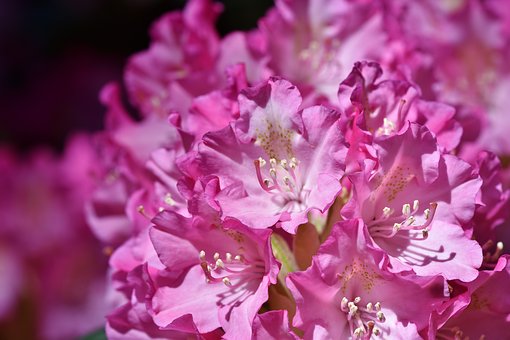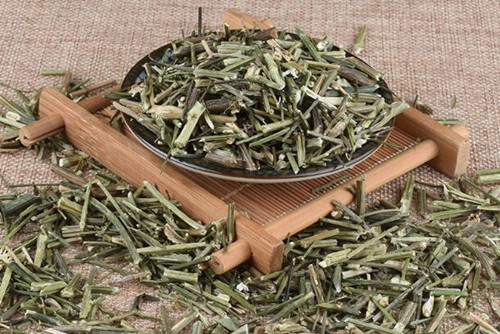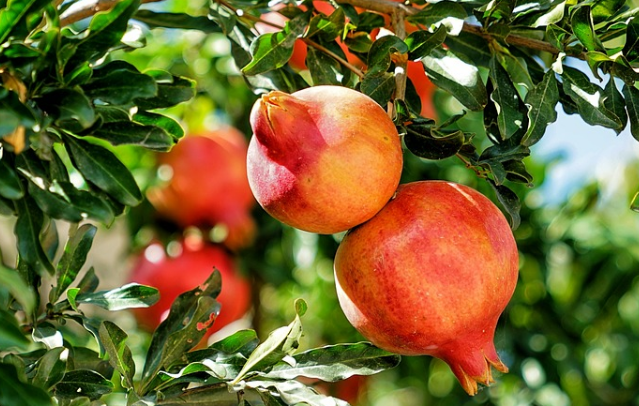How much is the market price of rhododendron bonsai, the king of woody flowers? When will it blossom? How to breed
Azaleas, also known as Yingshanhong, pomegranate, and Zhaoshanhong, are common flowers in the mountains or under the pine forest. they are deeply loved by flower friends because of their diverse colors and beautiful flowers. at present, many people like to keep them at home or in the office to improve the indoor environment. how much is the market price for rhododendron bonsai? When will it blossom? How can breeding prolong the florescence?

How much is the market price of rhododendron bonsai?
The market price of rhododendron bonsai is relatively close to the people, generally about 50 yuan per pot, but there will be some differences in price due to differences in variety, quality, origin and market. For example, the high-quality varieties of rhododendron bonsai can reach about 50 yuan per pot, and the ordinary market price is about 20 yuan per pot, so the specific price still needs to go to the local market to check.
When will the azaleas bloom?
Azaleas generally bloom from April to June, and if the maintenance skills are proper, the flowering period can be extended by about a month. However, due to different varieties and planting areas, the flowering time will also be different. For example, in the northern region, if cultivated in greenhouse, it will blossom in January-February; in open-field cultivation, it will blossom in March-May; in higher altitude areas, it will blossom from July to August, so the specific flowering time depends on the local climate and other factors.
In addition, rhododendron is also divided into spring rhododendron, summer rhododendron, eastern rhododendron, western rhododendron, alpine rhododendron and so on, among which spring rhododendron usually blossoms from April to May. Summer rhododendron usually blossoms from May to June, eastern cuckoo blossoms in spring, western rhododendron blossoms from April to May, and alpine rhododendron blossoms from April to May.
Third, how to raise azaleas to prolong the flowering period?
1. Lighting
Azaleas do not have high requirements for light, and generally only need to grow under scattered light, but in the early stage of the bud, it is necessary to strengthen the light to make the bud absorb more sunlight, carry out photosynthesis to promote the flower to bloom, and wait until the end of the bud. Reduce the light, which can effectively prolong the flowering period. However, the color of the flowers grown like this is not very bright.
2. Temperature
Rhododendron is afraid of heat, the suitable temperature for growth is between 15 and 25 degrees, and if it is higher than 32 degrees or less than 5 degrees, it will stop growing, so try to control the temperature in summer and winter. If you want to prolong the flowering period, you need to adjust the temperature. generally, the temperature is controlled at about 15-18 degrees at night and 20-30 degrees during the day, and the temperature is appropriately lowered a few degrees after flowering, which can prolong the flowering period of rhododendron.
3. Humidity
Azaleas like to grow in a humid environment, so if you want to prolong the flowering period, you can appropriately adjust the humidity to more than 70 at the bud stage, but not more than 80, and make the ground moist.
4. Get rid of flowers
Azaleas bloom at different times, and the flowering period can also be prolonged if the earlier flowers are removed.
Can azaleas be kept in the bedroom?
There are many kinds of azaleas, and some of them are poisonous, so if you are not sure whether they are poisonous, try not to breed them in the bedroom so as not to cause physical discomfort. If you really want to raise it, you can move it to the balcony and give appropriate light to promote its growth and flowering.
Are azaleas poisonous?
Azaleas are mostly non-toxic, but due to a variety of varieties, and poisonous varieties contain more than 60, so try to pay attention to breeding.
In general, azaleas with bright red petals are non-toxic, but azaleas with white or yellow petals are poisonous, and their leaves and flowers are poisonous, and symptoms such as vomiting and diarrhea will occur after accidental eating, so we must pay attention to breeding, especially those with children at home.
Time: 2019-04-06 Click:
- Prev

What are the efficacy, functions and taboos of andrographis paniculata? And peony hanging orchid is a kind of plant?
When it comes to andrographis paniculata, some people may not know it very well. It is mainly produced in Fujian and Guangdong. It belongs to herbaceous plants. Andrographis paniculata has a lot of efficacy and value, so it is also used in medicine. What are the effects and effects of andrographis paniculata? And peony hanging orchid is a kind of plant? Andrographis paniculata
- Next

What does the pomegranate tree called "longevity tree" look like? What's the best way to plant? How many years does it take to blossom and bear fruit?
Pomegranate is a kind of tree species with long life and strong adaptability. in order to obtain high quality and high yield products for a long time and obtain higher economic benefits year after year, we must select excellent varieties and carry out reasonable cultivation and management according to the requirements of environmental conditions of pomegranate tree species.
Related
- Fuxing push coffee new agricultural production and marketing class: lack of small-scale processing plants
- Jujube rice field leisure farm deep ploughing Yilan for five years to create a space for organic food and play
- Nongyu Farm-A trial of organic papaya for brave women with advanced technology
- Four points for attention in the prevention and control of diseases and insect pests of edible fungi
- How to add nutrient solution to Edible Fungi
- Is there any good way to control edible fungus mites?
- Open Inoculation Technology of Edible Fungi
- Is there any clever way to use fertilizer for edible fungus in winter?
- What agents are used to kill the pathogens of edible fungi in the mushroom shed?
- Rapid drying of Edible Fungi

